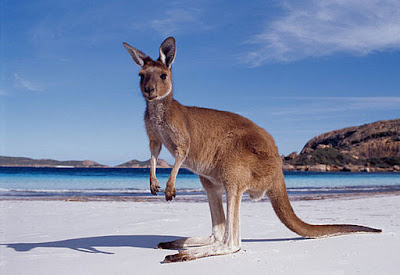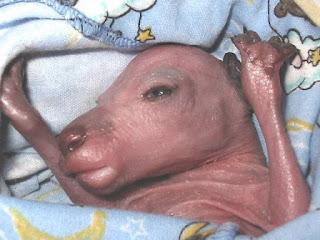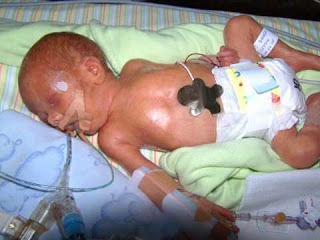Redback spiders are considered one of the most dangerous spiders in Australia.The Redback spider has a neurotoxic venom which is toxic to humans with bites causing
severe pain. There is an antivenom for Redback bites which is commercially available.
Throughout Australian history, only 14 deaths from redbacks have been recorded. However
thousands of people are bitten each year across Australia, bites generally occur as a result of a person placing a hand or other body part too close to the web, such as when reaching into dark holes or wall cavities. Bites can also occur if a spider has
hidden in clothes or shoes.
Bites from Redback spiders are generally characterised by extreme pain and severe swelling. The bite may be painful from the start, but sometimes only feels like a pinprick or mild burning sensation. Within an hour victims generally develop more severe local pain with local swelling and sometimes goosebumps.
Pain, swelling and redness spread proximally from the site. Systemic envenoming is heralded by swollen or tender regional lymph nodes; associated features include malaise,
nausea, vomiting, abdominal or chest pain, generalised sweating, headache, fever, hypertension and tremor.
Rare complications include
seizure, coma, pulmonary edema, respiratory failure or localised skin infection. Severe pain can persist for over 24 hours after being bitten
Redback spiders usually prey on insects but they can capture larger animals that become entangled in the web including king crickets, trapdoor spiders, and small lizards. Commonly prey stealing occurs where larger females take food items stored in other spiders' webs. Most commonly, ants stray into the web. Redback spiders are known for
deadly poison and lightning speed.
Its an amazing bit of Australian trivia that the song Redback on the Toilet Seat was written and recorded by Slim Newton (not Slim Dusty). It's a common misconception that this song was sung by Slim Dusty.
It was Newton's first record and earned him three gold records.
LYRICS
There was a red-back on the toilet seat
When I was there last night,
I didn't see him in the dark,
But boy! I felt his bite!
I jumped high up into the air,
And when I hit the ground,
That crafty red-back spider
Wasn't nowhere to be found.
There was a red-back on the toilet seat
When I was there last night,
I didn't see him in the dark,
But boy! I felt his bite!
And now I'm ere in hospital,
A sad and sorry plight,
And I curse the red-back spider
On the toilet seat last night.
Rushed in to the missus,
Told her just where I'd been bit,
She grabbed the cut-throat razor blade,
And I nearly took a fit.
I said "Just forget what's on your mind,
And call a doctor please,
'Cause I've got a feeling that your cure
Is worse than the disease."
There was a red-back on the toilet seat
When I was there last night,
I didn't see him in the dark,
But boy! I felt his bite!
And now I'm ere in hospital,
A sad and sorry plight,
And I curse the red-back spider
On the toilet seat last night.
I can't lay down, I can't sit up,
And I don't know what to do,
And all the nurses think it's funny,
But that's not my point of view.
I tell you it's embarrassing,
(And that's to say the least)
That I'm too sick to eat a bite,
While that spider had a feast!
There was a red-back on the toilet seat
When I was there last night,
I didn't see him in the dark,
But boy! I felt his bite!
And now I'm ere in hospital,
A sad and sorry plight,
And I curse the red-back spider
On the toilet seat last night.
And when I get back home again,
I tell you what I'll do,
I'll make that red-back suffer
For the pain I'm going through.
I've had so many needles
That I'm looking like a sieve,
And I promise you that spider
Hasn't very long to live!
There was a red-back on the toilet seat
When I was there last night,
I didn't see him in the dark,
But boy! I felt his bite!
And now I'm ere in hospital,
A sad and sorry plight,
And I curse the red-back spider
On the toilet seat last night.














































